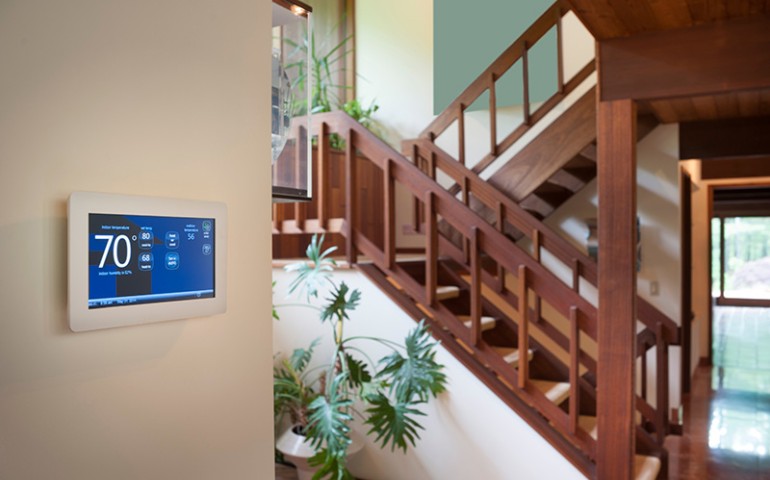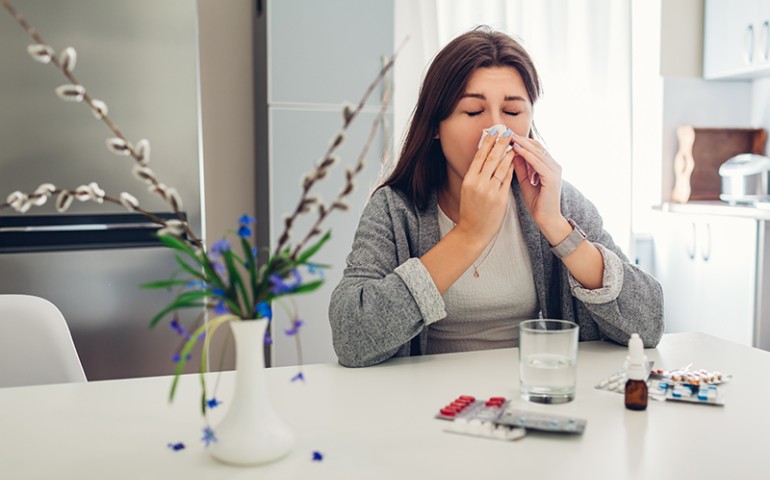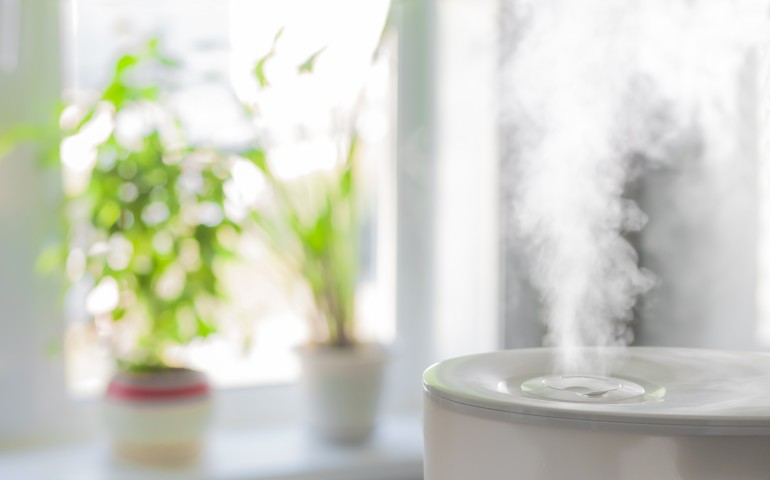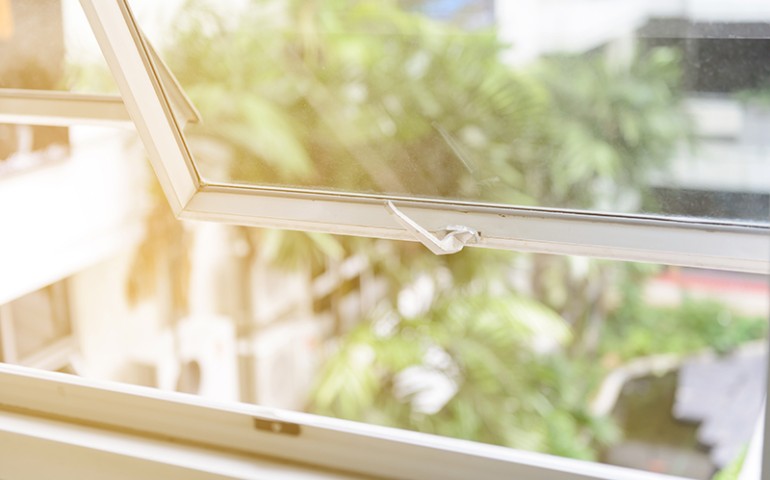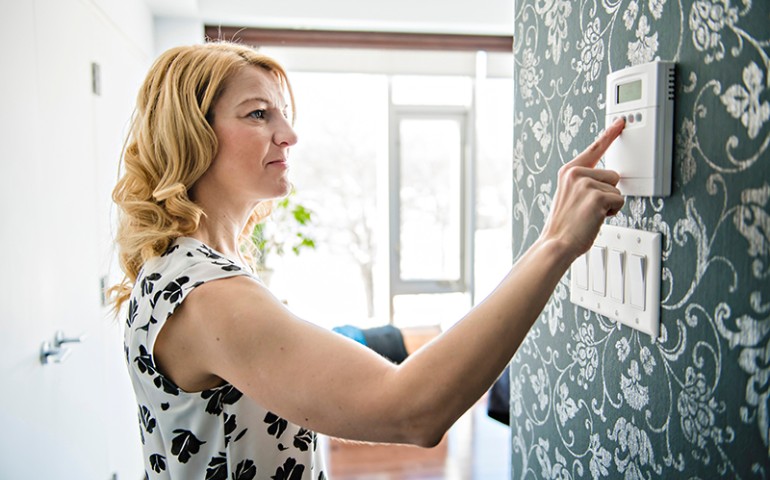Mold Exposure Symptoms: What You Need to Do
Mold Exposure Symptoms
Outdoor molds are types of fungi that play an important role in nature. They help in the decomposition of dead trees, leaves, and other organic matter. But sometimes mold can be in the dark, damp places of our homes such as basements and shower stalls. The mold you find may be green, brown, or black. Mold plays no beneficial role indoors. It can destroy surfaces and cause a musty smell throughout the home. Mold can also cause severe health problems to those sensitive to it.
Symptoms of Mold Exposure
Although mold isn't toxic, some types of mold, like black mold, produce mycotoxins. This has led to the term "toxic mold." These mycotoxins can cause allergies and other symptoms in people sensitive to mold. Mold allergy symptoms include runny nose, itchy eyes, sneezing, coughing, and wheezing. People who have asthma are especially vulnerable to mold and mold spores. Some reactions can even be quite severe. These include difficulty breathing, fever, and lung infection.
Allergic reaction to mold varies among individuals. Symptoms depend on the type and amount of mold present. We treat allergic reactions to mold the same as for general allergic reactions. This is with antihistamines and other medications. You must remove the offending mold and take measures to prevent its return.
Controlling Mold in the Home
If mold is visible, it isn't necessary to test for it. Since susceptibility varies from person to person, testing can't predict health issues. Ther is not an existing acceptable levels of mold. The best way to prevent mold is to control moisture in the home. The following steps will reduce household moisture.
- Clean and dry leaks and water damage right away.
- Use an air conditioner or a dehumidifier during humid weather.
- Use fans and open windows(when possible)to prevent dampness
- Use bathroom fans or an open window when showering.
- Don't place carpeting in basements or bathrooms.
- Vent appliances to the outdoors.
You can clean small infestations of mold with a solution of household bleach and water. Larger ones will need a professional. You may have to remove and replace mold damaged surfaces.
Mold and Your HVAC System
One of the most conducive environments for mold is your HVAC system. A warm environment with high water vapor content, HVAC ducts are prone to mold growth. Cold air passes through the system. This combines with oudsite water vapor and causes water droplets that don't evaporate. Dust, pollen, dirt, and animal dander that has collected for months feed the mold. The EPA recommends the services of an HVAC professional to remove mold from your HVAC system.
Don't live with unhealthy mold in your home. Our HVAC professionals at Ardmore Fresh Air are ready to solve all mold problems. Call now at (847) 792-1019 for more information.


